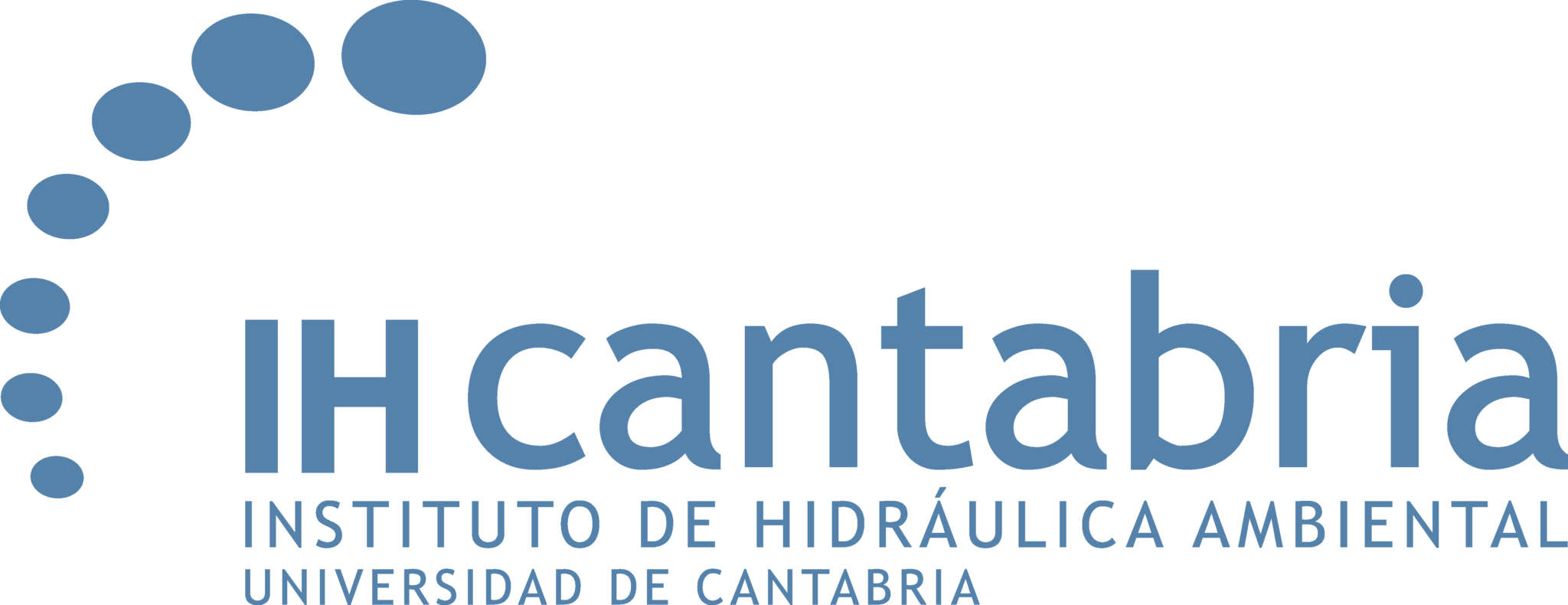IHCantabria has reached the final stretch of the BlowHazard project with promising results
This project offers an innovative system for hazard assessment of oil spills derived from blowout accidents on offshore oil and gas installations. Its main product, the BlowHazard Web Application, has been successfully developed
Researchers of the Environmental Hydraulics Institute of the University of Cantabria (IHCantabria) has reached the final stretch of the project called “Deep Explosion Hazard Analysis System (blowout) in offshore oil installations (BlowHazard)”, in which the development of the Web Application, which is the main product of this project, stands out.
The purpose of this project has been to design and develop a pioneering system to analyze the danger of hydrocarbon spills due to explosions in oil wells in offshore installations. Its development responds to the research, development and innovation (R&D&I) priorities of Spain and Europe; it is also aligned with the 2030 Agenda and the Sustainable Development Goals (SDGs), especially SDG 14 (Underwater Life). This is an innovative project of the University of Cantabria, which is funded by the Ministry of Science and Innovation, the State Research Agency and the European funds Next Generation EU, within the framework of the Call 2021 – Proof of Concept Projects.
“The demand for oil has led for decades to the expansion of offshore oil activities and the increase in the number of offshore oil installations, with the corresponding risk of incidents that can lead to accidental spills into the marine environment,” says researcher Ana Julia Abascal. Oil rig incidents (usually known as blowouts), although infrequent, when they do occur can have catastrophic consequences, as evidenced by the Deepwater Horizon explosion in the Gulf of Mexico in April 2010. Action measures include, among others, modeling the medium-term evolution of the spill in probabilistic terms. However, the computational cost is so high that it is practically unfeasible to provide the results in real time. Due to these limitations, there are currently no or limited decision support tools that provide, in real time, the danger of hydrocarbon spills originating from oil wells(blowouts). To contribute to the prevention and response to this type of accidents, IHCantabria’s research staff proposed, developed and is successfully completing the BlowHazard project.
Project objectives and research team members
The main objective of this project was to design, develop and implement the BlowHazard system, providing real-time information on the affected area, the probability of contamination on the coast and the arrival time in case of potential incidents. Its specific objectives include the analysis and design of the system, the implementation of methodologies based on classification and numerical modeling techniques, the development and testing of the system in a real environment, and the transfer of results to the project beneficiaries.
To meet these objectives, IHCantabria’s research staff designed and structured the functionality of the BlowHazard system, based on three fundamental concepts: i) use of innovative methodologies based on data science for the classification of ocean-meteorological patterns and the optimization of numerical modeling, ii) the use of supercomputing to generate a large number of simulations that represent the casuistry of accidental spills that may occur in oil wells; and iii) in the development of a Web Application that, in a simple way for the user, allows its use in real time to support the response in case of an accident.
Within the framework of this project, an important milestone has been the completion of the BlowHazard Web Application, because it positions IHCantabria at the forefront of innovation in the field of oil rig safety.
The BlowHazard project is led by Ana Julia Abascal and Raúl Medina Santamaría, as principal investigators. His research team is composed of: Héctor Ibáñez, Germán Aragón, Javier García, Paula Núñez, Carlos Calderón, Andrés García, Luis Pedraz and Francisco Royano.
Importance of the BlowHazard Web Application
The main product of this project is the BlowHazard Web Application, which will contribute to improve risk assessment procedures for accidental subsea oil spills (blowouts) in offshore oil and gas facilities. It allows users to evaluate, in real time, the areas affected by oil, the probability of contamination on the coast and the time of arrival in the coastal zone. The prototype of this Web Application was successfully implemented in the North Sea, one of the regions of the world with the largest presence of offshore oil industry installations.
“It is anticipated that the application of the BlowHazard project results will not only transform decision making in the event of an accident in offshore installations, as it will also contribute to environmental protection and ocean conservation,” says lead researcher Ana Julia Abascal, who foresees that the BlowHazard Web Application “will be able to offer a substantial improvement in oil pollution prevention and response, which will strengthen sustainability and safety in offshore operations.” Therefore, the application of the results of the BlowHazard project will “pave the way for a safer and more sustainable future in the field of offshore oil exploration,” says Abascal.
These promising results are part of project PDC2021-120892-I00, funded by MCIN/AEI/10.13039/501100011033 and by the European Union Next GenerationEU/PRTR.
More information on this project can be found at: http://blowhazard.ihcantabria.es/.




